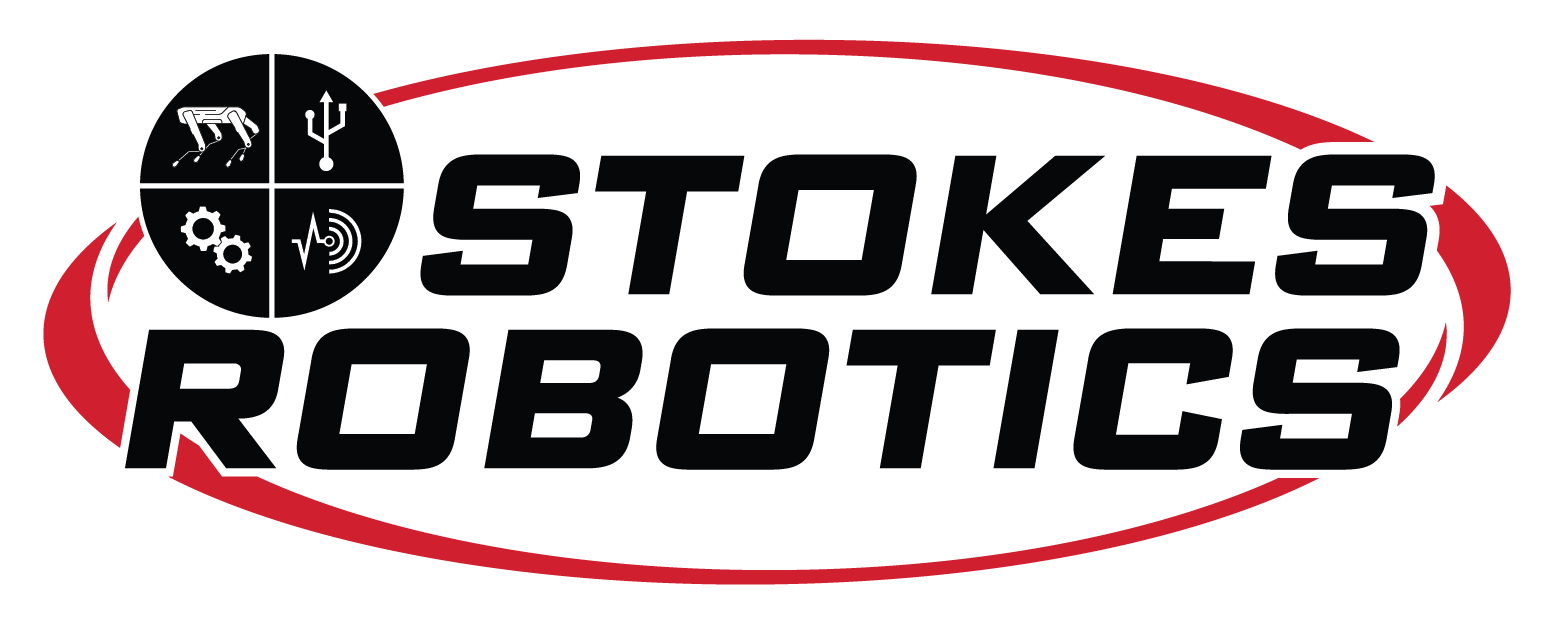Open-source software is code that anyone can see, modify, and distribute. Unitree robots use a form of open-source programming called ROS, Robot Operating System. The Robot Operating System is an open-source framework that helps researchers and developers build and reuse code between robotics applications. ROS was built with cross-collaboration in mind. The base code and knowledge can be applied across all robotics platforms. ROS robots can speak any language and can communicate easily between Python and C++ nodes.
Benefits of Open Source:
Transparency
The point of open-source software is the transparency of its code. Since users of open-source software can see the code, they are inclined to trust the software provider more. Since the code is publicly available, it gives its users a sense of stability: it can be used for long-term projects since the software won’t simply be discontinued.
Flexibility
Open-source software is flexible, allowing developers to see how the code works and make changes to it. Therefore, they can adapt the software to their or their company’s needs. Being free from vendor lock-in and the ability to scale and change the app also increase flexibility.
Agility
Companies need to be agile to beat their competitors. Open-source software fits the need for agility perfectly since it allows multiple ways to solve a single problem. Open-source software is continuously being changed and upgraded by members of the community. Commercial software gets updated more slowly, which usually stems from commercial and financial concerns.
Enhanced Security
Open-source software has increased security measures as more people are inspecting the code, which provides more opportunities for issues to be found and resolved. In turn, these vulnerabilities are fixed much sooner; and updates are more frequent. This leaves little time to exploit any imperfections in the code.
Responsive
Open source is very responsive to issues and bug reports and can deliver fixes and updates in days or even hours. These updates can often be deployed immediately, whereas, with proprietary software, you usually must wait months for the next release to resolve a problem. New features are available earlier in the development cycle, and users can normally see and try out features as they develop. This enables organizations to adopt new versions of projects more rapidly.
Cost-Efficient
Open source is more cost-effective than a proprietary solution. Open-source solutions are less expensive in an enterprise environment, allowing them to start small and scale up. Given that enterprises are often budget-challenged, exploring open-source solutions makes financial sense. Open source can cut costs and minimize maintenance. Improvements and bug fixes also come to the software from external sources, keeping maintenance costs low. Development occurs outside of your organization, resulting in new features with little effort. Some costs are associated with open sources, such as setup time, learning time, and continuing maintenance and configuration.
Attract Better Talent
Open source gives enterprises the ability to attract better talent. Most professional technologists know the open source; many believe it’s where the industry is headed. Many enjoy creating their projects and having the ability to interact with others outside their enterprise to develop solutions. Giving developers flexibility and freedom can be essential in attracting better talent.
Overall, open source is a good investment for the future.






